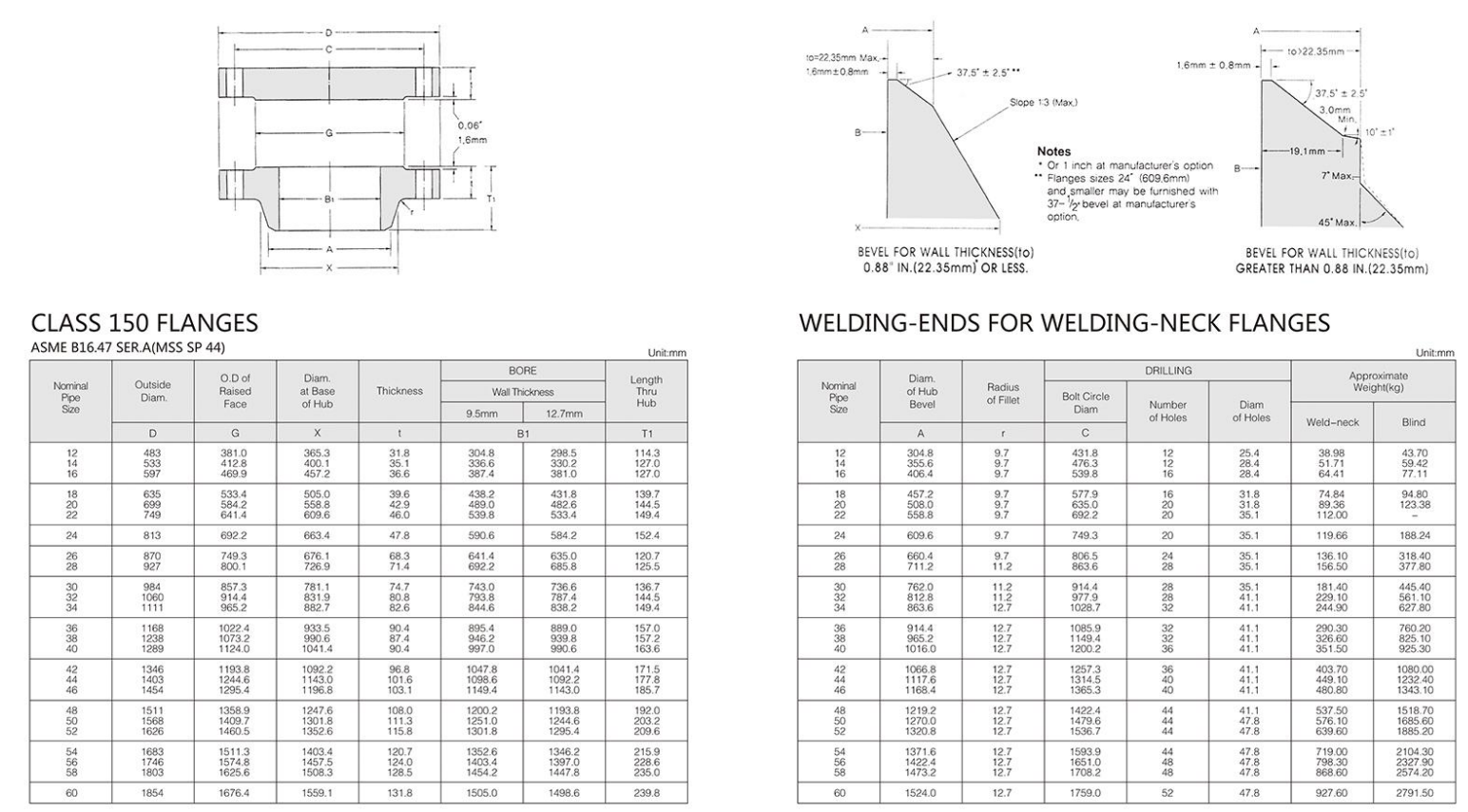-
Cangzhou Yulong Steel Co., Ltd.
-
Phone:
+86 13303177267 -
Email:
admin@ylsteelfittings.com
- English
- Arabic
- Italian
- Spanish
- Portuguese
- German
- kazakh
- Persian
- Greek
- French
- Russian
- Polish
- Thai
- Indonesian
- Vietnamese
- Zulu
- Korean
- Uzbek
- Hindi
- Serbian
- Malay
- Ukrainian
- Gujarati
- Haitian Creole
- hausa
- hawaiian
- Hebrew
- Miao
- Hungarian
- Icelandic
- igbo
- irish
- Japanese
- Javanese
- Kannada
- Khmer
- Rwandese
- Afrikaans
- Albanian
- Amharic
- Armenian
- Azerbaijani
- Basque
- Belarusian
- Bengali
- Bosnian
- Bulgarian
- Catalan
- Cebuano
- China
- China (Taiwan)
- Corsican
- Croatian
- Czech
- Danish
- Esperanto
- Estonian
- Finnish
- Frisian
- Galician
- Georgian
- Kurdish
- Kyrgyz
- Lao
- Latin
- Latvian
- Lithuanian
- Luxembourgish
- Macedonian
- Malgashi
- Malayalam
- Maltese
- Maori
- Marathi
- Mongolian
- Myanmar
- Nepali
- Norwegian
- Norwegian
- Occitan
- Pashto
- Dutch
- Punjabi
- Romanian
- Samoan
- Scottish Gaelic
- Sesotho
- Shona
- Sindhi
- Sinhala
- Slovak
- Slovenian
- Somali
- Sundanese
- Swahili
- Swedish
- Tagalog
- Tajik
- Tamil
- Tatar
- Telugu
- Turkish
- Turkmen
- Urdu
- Uighur
- Welsh
- Bantu
- Yiddish
- Yoruba

Sep . 10, 2024 10:47 Back to list
fire flange
Understanding Fire Flanges Importance and Applications
In industrial settings, safety and reliability are paramount, especially when dealing with flammable substances. One critical component that plays a crucial role in ensuring safety during operations is the fire flange. Fire flanges are specialized components designed to prevent the spread of fire in piping systems, making them essential in sectors such as oil and gas, chemical manufacturing, and other industries where hazardous materials are handled.
A fire flange is typically a type of flange that incorporates fire-resistant materials and design features. These flanges are engineered to withstand extreme temperatures and pressures, ensuring that in the event of a fire, the integrity of the piping system is maintained. The primary function of a fire flange is to provide a secure and tight connection between two sections of pipe while also offering protection against potential fire hazards.
One of the standout features of fire flanges is their ability to prevent leakage
. During a fire, standard flanges might fail due to thermal expansion or structural degradation, leading to leaks of flammable fluids. Fire flanges are designed with special seals and gaskets that remain intact even under high-stress conditions, minimizing the risk of leaks that could exacerbate a fire situation. Moreover, they often undergo rigorous testing to meet safety standards set by various regulatory bodies and industry organizations.fire flange

In addition to their protective features, fire flanges are available in various materials, including stainless steel, carbon steel, and special alloys, catering to different industry requirements. The selection of material is crucial, as it affects not just the performance but also the longevity of the flanges. For instance, in corrosive environments or high-temperature applications, specific materials can provide necessary resistance against chemical degradation or thermal wear.
The installation of fire flanges must be performed with precision. Proper installation ensures that the flange connections are leak-proof and can withstand the operational pressures of the system. Regular inspections and maintenance are also vital to ensure that fire flanges remain in good condition over time. In many industries, adherence to maintenance schedules and safety check protocols involving fire flanges is not only a best practice but also a regulatory requirement.
In conclusion, fire flanges are indispensable components in the realm of industrial safety. Their unique design and construction provide vital protection against the risks associated with fire and the handling of hazardous materials. Companies that prioritize the use of fire flanges and maintain them effectively contribute significantly to the safety of their operations, protecting both their workforce and the environment. As industries continue to evolve, the advancement of fire flange technology will play a crucial role in enhancing safety standards and protocols.
Latest news
-
ANSI 150P SS304 SO FLANGE
NewsFeb.14,2025
-
ASTM A333GR6 STEEL PIPE
NewsJan.20,2025
-
ANSI B16.5 WELDING NECK FLANGE
NewsJan.15,2026
-
ANSI B16.5 SLIP-ON FLANGE
NewsApr.19,2024
-
SABS 1123 FLANGE
NewsJan.15,2025
-
DIN86044 PLATE FLANGE
NewsApr.19,2024
-
DIN2527 BLIND FLANGE
NewsApr.12,2024
-
JIS B2311 Butt-Welding Fittings LR/SR 45°/90° /180°Seamless/Weld
NewsApr.23,2024











